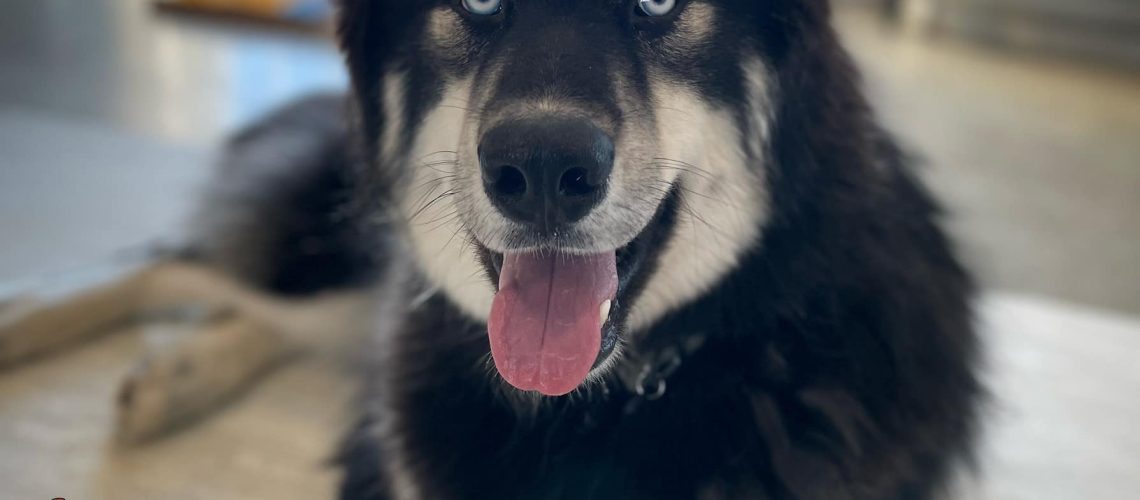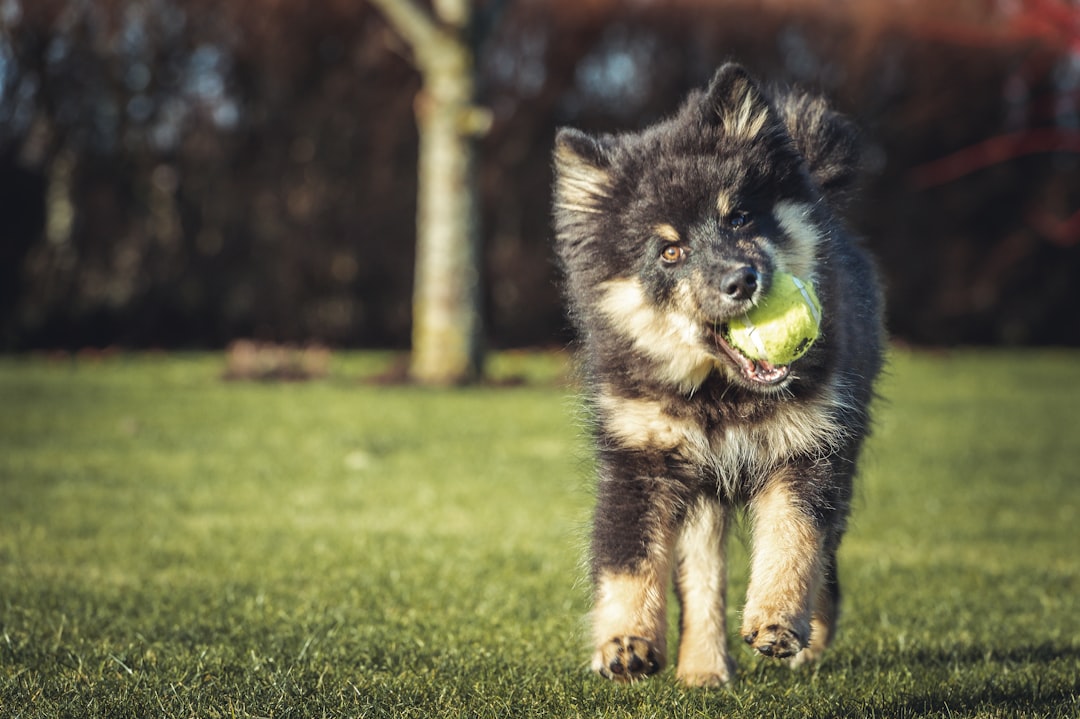Building Trust and Bonding: Essential Tips for Strengthening Your Relationship with Your Dog
Building trust and bonding with your dog is crucial for their mental health and overall well-being, and can be achieved through respecting their space, understanding their emotions, using positive reinforcement, and engaging in bonding activities and training exercises.
Importance of Building Trust and Bonding with Your Dog
Lack of socialization, past trauma, or genetics can significantly impact a dog’s ability to trust and feel secure. For example, a dog that has not been properly socialized as a puppy may struggle to form trusting relationships with other dogs and humans. Similarly, a dog that has experienced past trauma, such as abuse or neglect, may exhibit fear and anxiety, making it challenging for them to trust new people or situations. Additionally, genetics can also play a role in a dog’s temperament and predisposition to trust issues, as certain breeds may have genetic tendencies towards fearfulness or anxiety. Understanding these factors can help dog owners approach their pets with empathy and patience, creating a supportive environment for building trust.
Recognizing the signs of anxiety and fear in dogs is essential for identifying trust issues and addressing them effectively. Signs such as trembling, panting, excessive drooling, or attempting to escape can indicate a dog’s discomfort and lack of trust in a particular situation. For example, if a dog cowers or tries to hide when approached by strangers, it may be a sign of deep-seated fear and mistrust. By acknowledging these signs, dog owners can take proactive steps to help their pets feel safe and secure, ultimately strengthening the bond between them.
Furthermore, building trust with a dog takes time, patience, and a deep understanding of their emotions and behavior. By observing their body language, such as wagging tail, relaxed posture, and soft eye contact, owners can gauge their dog’s comfort level and tailor their approach accordingly. For instance, allowing the dog to approach at their own pace and respecting their personal space demonstrates a commitment to building trust on the dog’s terms, fostering a stronger bond in the long run.
Tips for Building Trust and Bonding
When it comes to building trust and bonding with your dog, respecting their personal space is crucial. Allowing them to approach you at their own pace demonstrates that you value their comfort and autonomy. For example, if your dog seems hesitant to interact, you can create a calming environment by sitting quietly and patiently nearby, giving them the opportunity to initiate contact when they feel ready.
Positive reinforcement is another powerful tool for fostering trust and strengthening the bond with your dog. By using the “consent test,” you can gauge your dog’s comfort level with physical interaction. For instance, if you reach out to pet your dog and they lean into your hand or nuzzle you, it indicates their willingness to engage. This approach helps to build trust by respecting your dog’s boundaries and reinforcing positive experiences.
Understanding your dog’s behavior is a key component of effective communication and relationship building. By observing their body language, vocalizations, and overall demeanor, you can gain valuable insights into their emotions and needs. For instance, if your dog approaches you with a relaxed body posture and wags their tail, it signals their comfort and trust in the interaction. Taking the time to comprehend these cues can significantly strengthen the bond between you and your dog.
Training Exercises to Strengthen the Bond
One effective training exercise to strengthen the bond with your dog is positive reinforcement. When your dog displays desirable behavior, such as following a command or exhibiting calm behavior, rewarding them with treats or praise can reinforce this positive conduct. For example, if your dog responds to a command to sit, rewarding them with a treat and a gentle pat on the head can create a positive association with the action, strengthening the bond between you and your pet.
Setting realistic expectations for your dog’s learning curve is also a crucial part of training. Just like humans, dogs require time to learn and adapt to new commands and behaviors. For instance, if you are teaching your dog to walk on a leash without pulling, it’s important to be patient and understanding of the time it takes for them to adjust to this new skill. By setting achievable goals and acknowledging incremental progress, you can create a positive and supportive learning environment, enhancing the bond between you and your dog.
Engaging your dog in fun activities and spending quality time together is another way to strengthen the bond. For instance, taking your dog for regular walks, playing games, or simply spending time in the same room while you both engage in different activities can create a sense of togetherness and companionship. By sharing these experiences, you can build trust and deepen the connection with your dog, ultimately strengthening the bond between you.
 Activities to Strengthen the Bond
Activities to Strengthen the Bond
When it comes to strengthening the bond with your dog, there are numerous activities that can significantly contribute to this goal. For instance, eye contact is a powerful tool that activates the oxytocin system, reinforcing the bond between you and your dog. This simple act can create a sense of connection and trust, and it’s a way for your dog to understand that you are engaged and paying attention to them.
In addition to eye contact, training sessions and teaching new tricks serve as engaging activities that not only provide mental stimulation for your dog but also create an opportunity for you to work together, building a stronger bond through cooperation and shared experiences. Whether it’s teaching them simple commands like “sit” and “stay” or more complex tricks, the process of learning and achieving together can be incredibly rewarding for both you and your dog, further solidifying your bond.
Moreover, spending quality time with your dog and including them in fun activities can greatly contribute to building trust and strengthening your relationship. This could involve going for walks in the park, playing fetch, or even participating in dog-friendly sports such as agility training. These shared experiences not only provide physical exercise but also create lasting memories and positive associations, enhancing the bond between you and your furry companion.
By providing focused attention, engaging in play, and offering special treats, you are reinforcing the idea that your dog is valued and loved, which is vital for building a strong and lasting bond. The combination of these activities can lead to a deeper connection, trust, and a happier, more fulfilling relationship between you and your dog [2].
Understanding Your Dog’s Needs and Communication Signals
Understanding your dog’s needs and communication signals is essential for building a strong bond and trust. Dogs can have trust issues due to lack of socialization, past trauma, or genetics, which can significantly impact their ability to trust and form bonds with their owners. For example, a dog that has experienced past trauma may exhibit signs of fear and anxiety, such as avoiding eye contact, growling, or hiding. By recognizing these signs, owners can better understand their dog’s emotions and take steps to build trust and create a safe environment for their furry friend.
In addition to recognizing signs of anxiety and fear, it’s important to respect your dog’s space and let them approach you at their own pace. Utilizing positive reinforcement, such as rewarding your dog with treats and using a calm, happy voice when they approach you, can also encourage trust and strengthen the bond. For instance, when a dog approaches their owner, offering a treat and using a soothing voice can help create positive associations and build trust over time.
Furthermore, spending time understanding your dog’s behavior and including them in fun activities can facilitate effective communication and relationship building. By incorporating the dog into enjoyable activities and providing focused attention, owners can strengthen the bond with their furry companion and create a sense of security and trust. This approach can lead to a harmonious and enjoyable relationship, where the dog feels safe and valued, ultimately deepening the bond between the owner and their pet.
 Importance of Building Trust and Bonding with Your Dog
Importance of Building Trust and Bonding with Your Dog
As dog owners, it’s imperative to understand the significance of building trust and bonding with our furry friends. Dogs can have trust issues due to various factors such as lack of socialization, past trauma, or genetics, which can significantly impact their ability to form relationships. For instance, a dog that has had negative experiences in the past may exhibit signs of anxiety and fear, such as avoiding eye contact, growling, or hiding, indicating a lack of trust. By recognizing these signs, we can begin to address these trust issues and work towards establishing a stronger bond.
One way to build trust is to respect your dog’s space and allow them to approach you at their own pace. For example, if your dog is hesitant to engage in physical contact, giving them the freedom to approach you on their terms can help foster a sense of safety and security. Additionally, utilizing positive reinforcement and the “consent test” to encourage trust can be highly effective. When your dog approaches you willingly, using a calm, happy voice and offering treats can reinforce positive associations and strengthen the bond.
Understanding a dog’s body language and emotions is also crucial for developing trust and deepening the bond. By spending time observing and learning about your dog’s behavior, you can effectively communicate and build a strong relationship based on trust and understanding. Building trust takes time and patience, but the rewards of a close and fulfilling bond with your dog are immeasurable.



 Activities to Strengthen the Bond
Activities to Strengthen the Bond Importance of Building Trust and Bonding with Your Dog
Importance of Building Trust and Bonding with Your Dog
